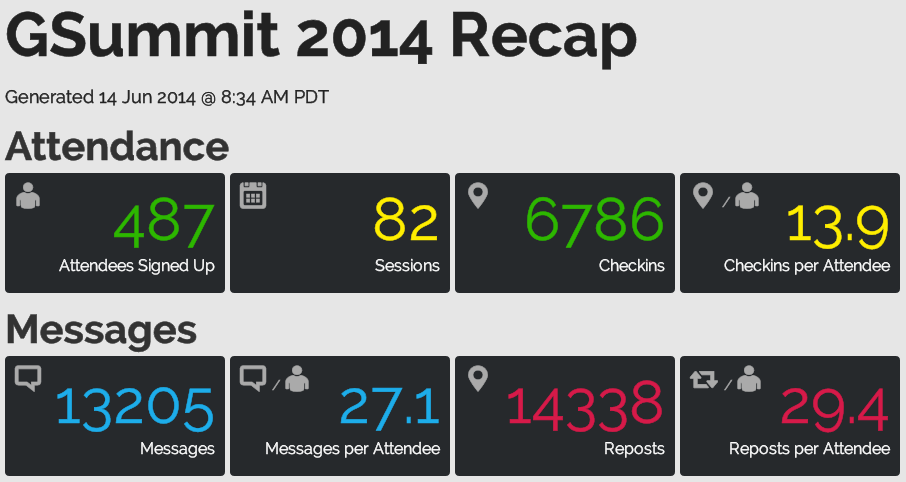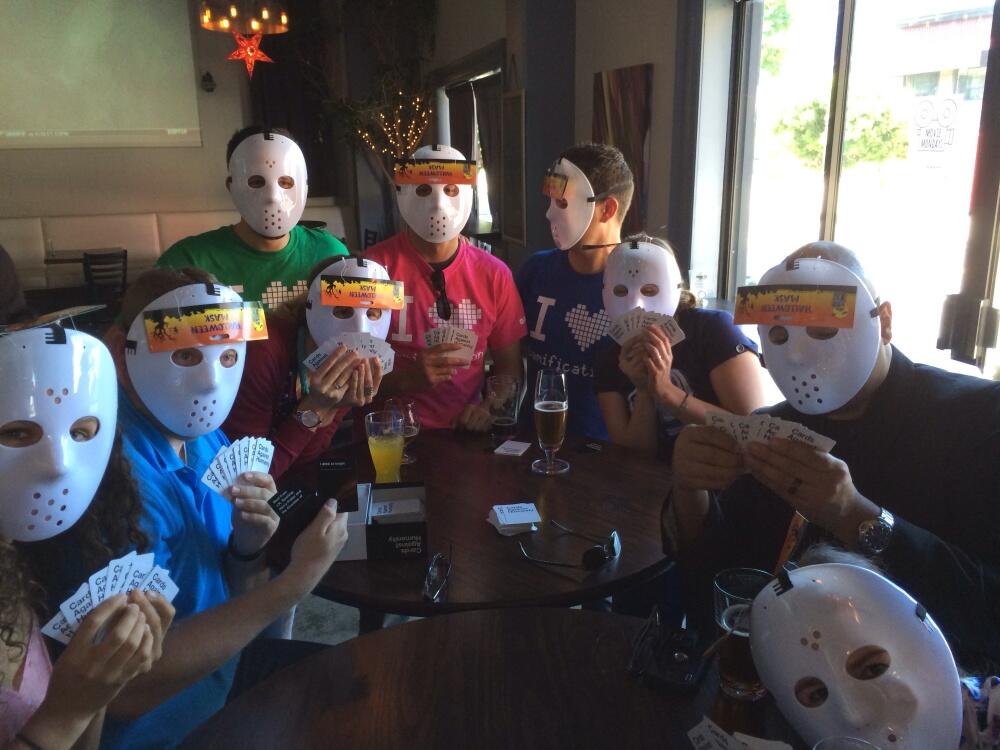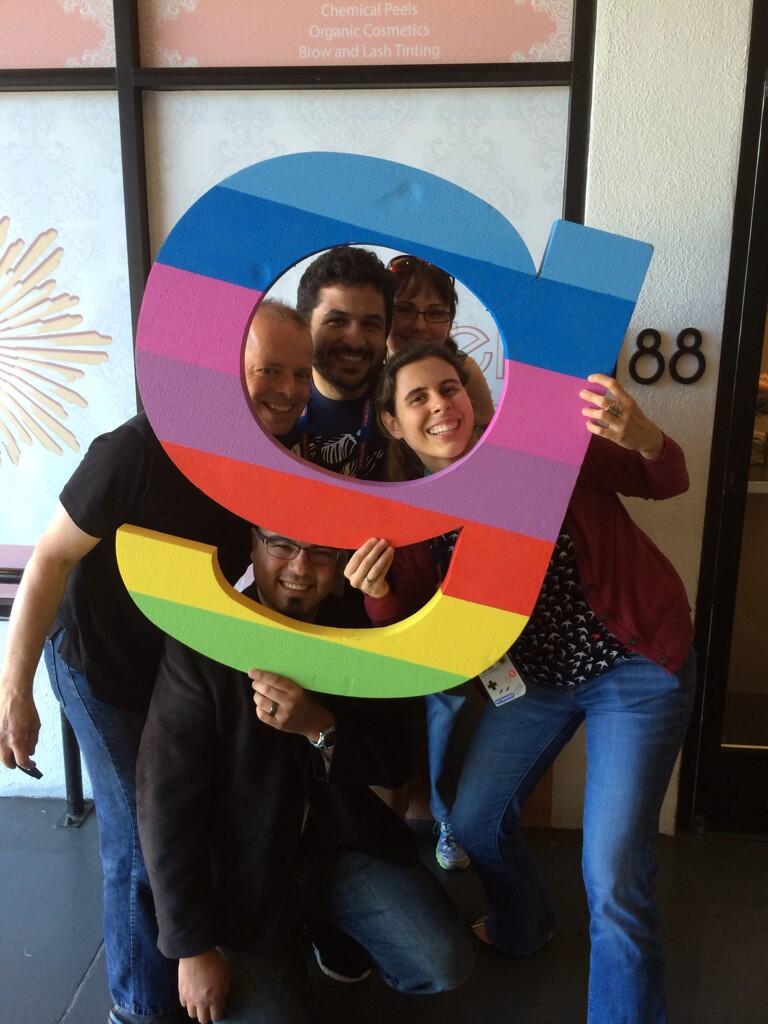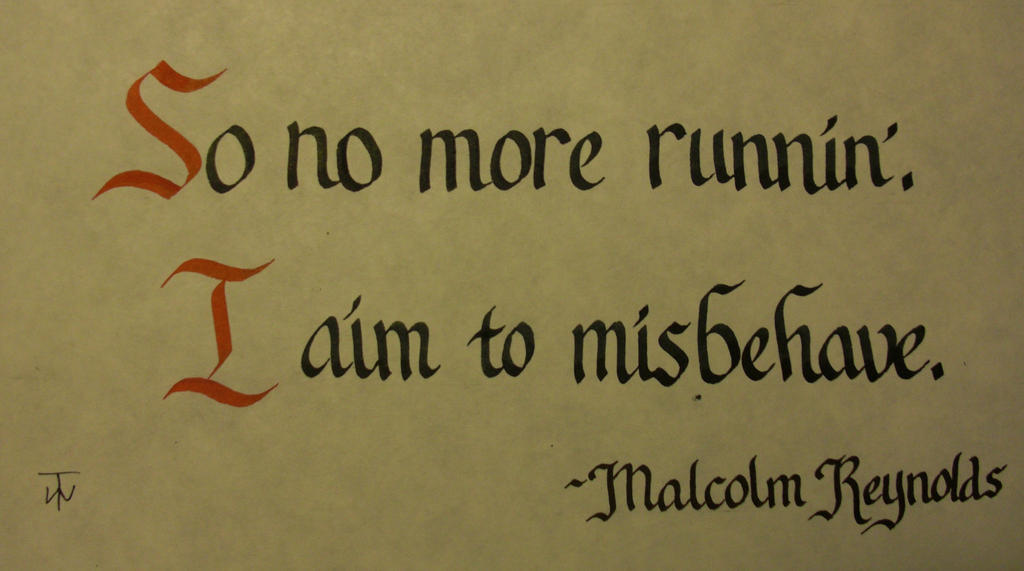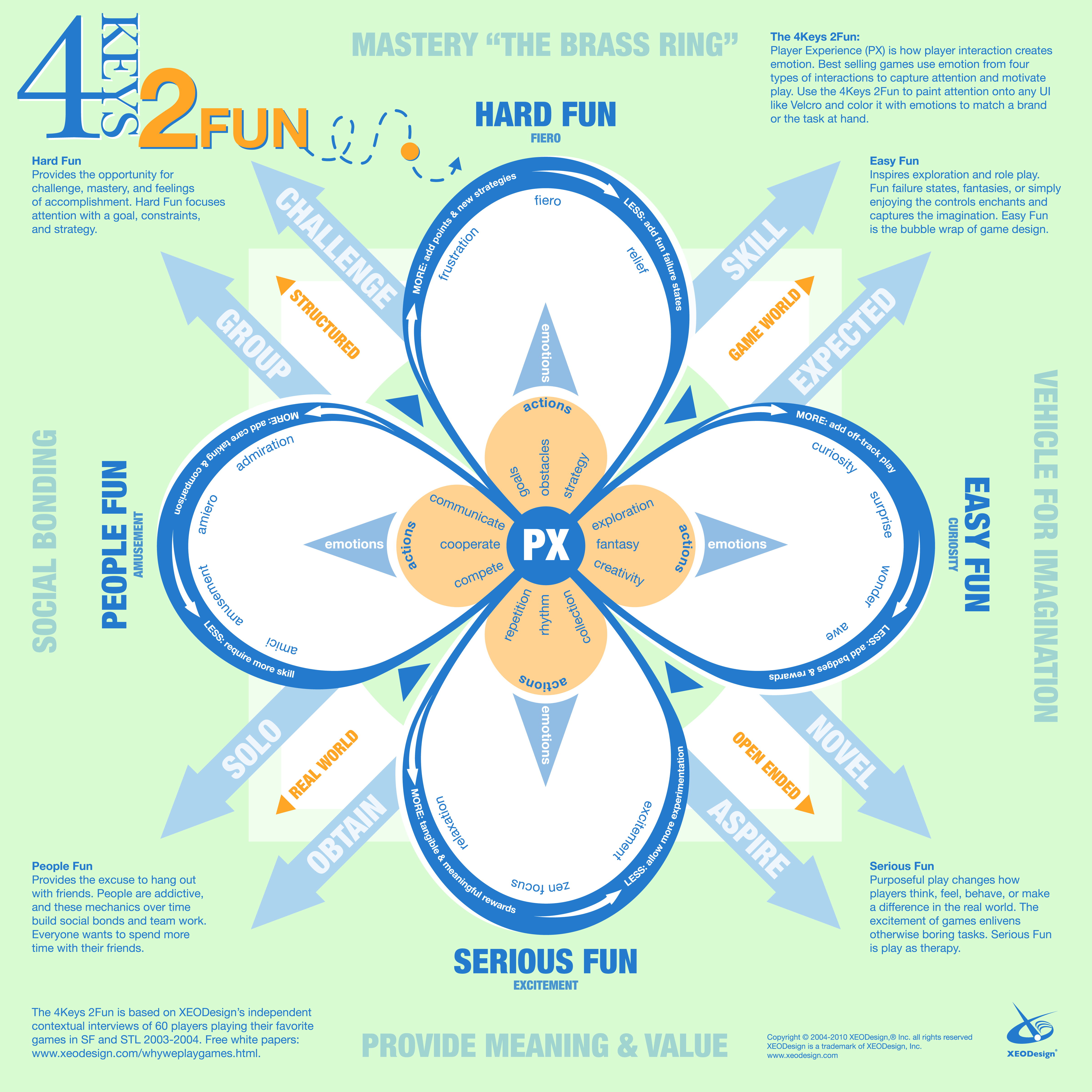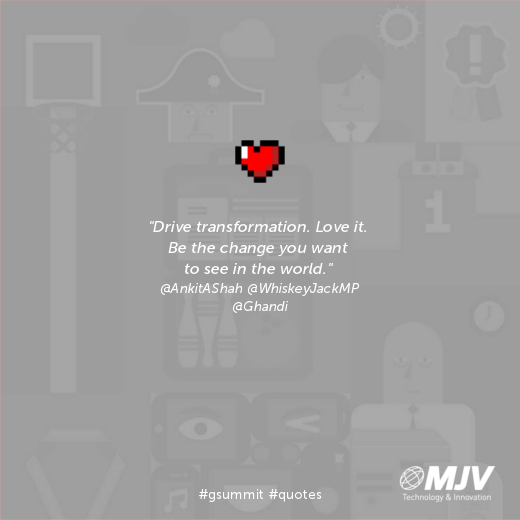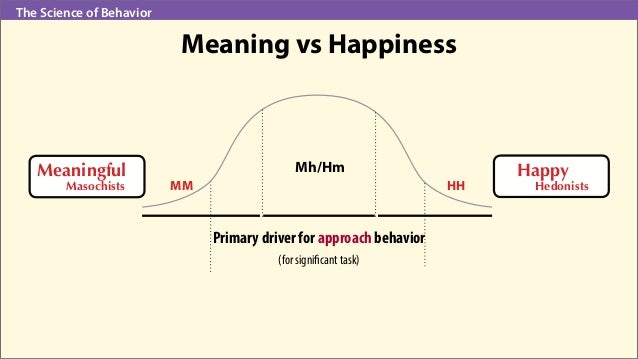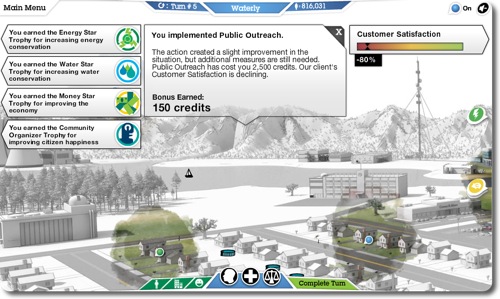GSummit 2014's unnoficial last day (the day after was hands-on labs in the morning and card-playing in the afternoon!) started off as usual with networking over bagels with schmear and some brown water americans call coffee but in reality it's not.
This day was somewhat unusual because after the first session, for the second and third morning slots, almost everyone in #TeamPregame was unsure of which session to attend. And not because of too much concurrent awesomeness, but mostly because they all sounded kind of
meh. But I digress!
The first session of the day was dedicated to the enthusiastic
Nicole Lazzaro and her
4 Keys 2 Fun. And what better way to start things off than by focusing on why things are fun and how we can make them even er... funner? Well, she introduced the matter with a certain sense of
epic meaning by asking us about our dreams and how we thought we might get there. Then she introduced her
4K2F framework, as shown in the image below and detailed
here.
I particulary enjoyed when she addressed the "happy chemicals" acronym:
Dopamine,
Oxytocin,
Serotonin and
Endorphin.
DOSE. The launching point was the
crazy idea of how to introduce daily doses of happiness in order to achieve your goals, or get players to achieve the goals you devised for the game and in the end,
save the real world (and the cheerleader too!). This is how, according to Nicole.
Some argue that the same could be achieved through chocolate, but hey, this is way funner! (there's that word again!)
After this session (tough act to follow if I might say so myself...) I was not sure which one to go to, but ended up deciding on the Applebee Case Study, presented by
Robin Jenkins. It was yet another Bunchball success story, this time about Applebee's effort in reducing employee turnover by driving their loyalty and engagement. This was achieved by creating an online community of their employees, showcasing their achievements and continuously challenging them to outperform one another.
I must admit that, despite this being a gamification success story, I did not stay for the whole session. On the one hand because the concept of "gamification platforms" sounds weird to me, on the other because the session as a whole was not that fascinating. And of course, I had to check out Livecube and my phone was acting up! :)
Checking Livecube payed off because I got notified that I'd won a "Secret Roundtable Session" with
Andrea Kuszewski, which was kind of an awesome thing (I'd won one with Gabe too previously, so despite not having cashed that one in, I was feeling on a roll).
So, about half an hour later, I was missing the Mazda Massive Test Drive to have a great chat with Andrea and the other roundtable winners :)
We spent the next 45 minutes talking about using the science of behavior and motivation in education, I had to throw that in because of my role as Cub Scout leader, and we were even lucky enough to have a Neuroscience major join us so we got to watch him throw some technical terms around too. There was no doubt to either one of us that using gamification and leveraging this scientific information in education made all kinds of sense.
At some point, we had to run to see if we could all catch the end of
Stella Grizont's presentation on the loss of the sense of community and how we could and should make a difference and revert the tendency. Apparently, despite the continuously growing interconnectivity of society as a whole, there is a creeping sense of loneliness from the outliers. A previous speaker (can't remember who) had mentioned that we should start focusing on the Linebackers instead of just the Quarterback.
How can this be achieved? By creating a community-wide sense of meaning. Something that is not just a set of isolated boosts of happiness, but an instead an overall dot-connecting sensation that you belong to something bigger.
She talked about grading people on effort, instead of absolute ratings, she talked about perfection being the enemy of success. It was another really positive presentation (despite just catching the end) that left us all refreshed, both in mind and in our sense of
epic meaning.
After the morning break we were treated to another great presentation, this time by
Matt Danna. His set of slides should be handed out to UX Designers worlwide, or event if you're just devising a simple interface,
this should be one of your bibles. The amount of design patterns included (with examples too!) was just astounding.
Also interesting to see was his 101 on persuasive design and how it fit with most of the approaches presented at GSummit: know your users, know your product, make it fun! :)
At noon, my roundtable session with Gabe got merged into a "Play for a Cause" session that turned out to be both a learning experience, a very interesting networking moment as well as a good exercise in gamestorming.
Our "cause" was how to reduce gun violence in the U.S., which for americans I believe is a matter that is really close to the heart, and for the rest of us a good opportunity to weigh in on the subject from an outsider's perspective. We used a Gamestorming dynamic called 3-12-3 where we had 3 minutes to individually detail several aspects of the problem, then in pairs and for 12 minutes work on a gamified solution, and then again for 3 minutes to vote on the top idea in each 10 person team. A lot of interesting stuff came up at the end, with the top idea being a required community service with gun violence victims prior to acquiring a weapon's license.
My pair's idea came up second if I'm not mistaken, and it was about making gun violence part of the school curriculum from an early age, as well as creating a social networking plaftform where you promoted a different concept of hero - the one that helps the most people while hurting the less. It involved karma points for good deeds and progressing down different skill trees towards becoming a type of hero :)
After lunch (and I just realized this blog post is becoming really big, but I have a hard time keeping stuff to myself!),
Michael Wu had the tough nap-time presentation slot, but not only was he not deterred by it, he kept us all awake after explaining in a clear way his framework for tailoring gamification approaches to various sizes of gamification efforts.
In this slide you can clearly see his suggestion of decomposing the usage of certain gamification mechanics over time and how you can combine successive gamification efforts to drive better ROI. It all made perfect sense, it was exposed in a clear yet very humble manner, and I think most of us got out of there thinking: wow, that's how you take down a mountain :)
Next came
Dopamine's own
Ankit Shah and his talk about gamification as a strategy in enterprises. It was a very motivational presentation, full of encouragement on being the drivers of transformation in our companies and the finer concepts of building a community, communicating and experimenting. These, Ankit states, are the pillars of any long-term transformation in companies.
I really loved the fact that one of my Livecube posts was caught by one of the sponsors,
MJV Innovation, and highlighted on their twitter feed :)
I wonder if Ghandi was still alive he'd have a Twitter profile. Even still, hope you got that notification Mahatma :)
Amy Jo Kim was one of the speakers I wanted to see the most. Her concept of
Player Journey is a core foundation of gamification learning today and her good natured manner of presenting and motivation towards a community of gamers focused on overall success is something I deeply admire.
She began by explaining the concept of Zero-Sum emotions in games, i.e. "I win, you lose" situations, and how players are more and more running away from these types of games, and looking for community wide wins.
The above image directs designing for Non-Zero emotions by comparing Non-Zero mechanics with Zero-Sum ones. She then went into some detail explaining her 7 Rules for Coop Game Design, as seen below.
I really enjoyed the overall mindset of community driven accomplishments and felt it really fit in with the mindset of GSummit as a whole. If there's one thing I love about the gamification community is the sense of "everyone's contributing for the greater good".
During the afternoon break I had the chance to catch up with Jane Macgonigal during a book signing session and tell her that her call-to-arms in
this TED talk was a pivotal moment for me in getting into the whole subject of gamification. So I got to say thank you. And that was awesome.
Ok, so done with the core speakers and the personal gushy moments, it was time to close things up with four big wows.
First, it was
Gabe's closing note. Another GSummit inspirational moment, focused on
Jane Mcgonigal's concept of reality being broken and establishing some pretty ambitious goals for all of the gamification community: to combat boredom and design for maximum fun. No biggie!
Second, came the handing out of the Gamification Awards, listed in
this presentation by Gabe himself. Special kudos on my regard to the
XPrize Foundation, you guys are doing one hell of a job.
Third,
Ivan Kuo's on-stage one-on-one chat with Jane Mcgonigal herself. He started things off with a honest "Oh Jane", which says pretty much a lot.
She talked about Tetris' birthday and how it can help with coping with PTSD, about how Call of Duty can develop a lot of skills in gamers, but only at the right time, and planted the seeds for her second book on SuperBetter. Plus, a lot of praise for Minecraft and it's community driven success, a constant during the whole summit.
Her final question to the audience was therefore simple: what's the Minecraft of gamification? No small challenges at this year's GSummit!
And fourth and finally, the moment of the entire GSummit:
Neil Degrasse Tyson, one of the smartest people in the world, was on stage. A lot of fans in the audience were pinching themselves.
After some technical issues that got solved just after the picture below, Neil scrapped his initial presentation title and ventured into a simply beautiful dissertation on science in pop culture.
"Is this thing on?" yup, this happened.
There were comics, movie references, there was dancing, we played bingo, and mostly we laughed our pants off. Seriously. I don't remember laughing so hard in a really long time. This gentleman is perhaps the best public speaker I have ever had the pleasure of watching.
Oh and there was of course the Pluto issue that introduced the angriest letter I've ever read from a tiny child.
As you can see, it was a beautiful moment.
After this, how could we top it? Well, maybe in a VIP Party, hearing Neil talk about his iPhone's playlist for 15 minutes and discovering he's got a really weird taste for "Amazing Grace", Enya, Kenny G and musicals. Eclectic indeed! That and this picture too.
Sorry about the long post folks, but it was a huge day and I couldn't save on the words required to describe what happened. It was amazing.




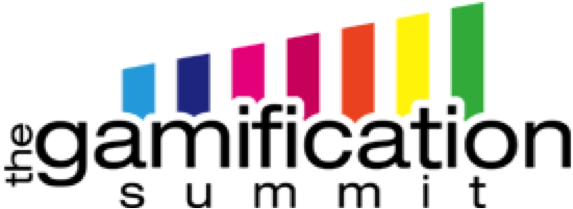
 The problem is that this way of thinking only works if your plan is to sit at a computer doing the same stuff all over again for the rest of your life. And if you're ok with that, this post ends here for you, so cheers lad! :D
The problem is that this way of thinking only works if your plan is to sit at a computer doing the same stuff all over again for the rest of your life. And if you're ok with that, this post ends here for you, so cheers lad! :D And it's not about bragging, it's about sharing your thoughts, contributing to online communities, spreading the knowledge, etc. Is it scary having all that people reading your posts, probably judging or even just trolling you for the fun of it? Yeah, it can be. But we live in an age where almost everyone in your team's an ok programmer, or a good-enough analyst, so you need an upper hand.
And it's not about bragging, it's about sharing your thoughts, contributing to online communities, spreading the knowledge, etc. Is it scary having all that people reading your posts, probably judging or even just trolling you for the fun of it? Yeah, it can be. But we live in an age where almost everyone in your team's an ok programmer, or a good-enough analyst, so you need an upper hand.


